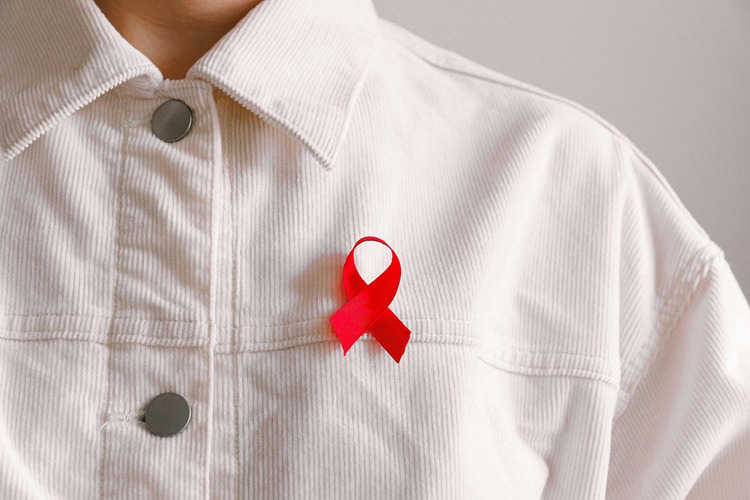Do I Take Ashwagandha in the Morning or Night
By Stuart / November 15

Human Immunodeficiency Virus (HIV) is a virus that attacks the immune system, specifically targeting CD4 cells, which are crucial for immune defense. If left untreated, HIV can progress to Acquired Immunodeficiency Syndrome (AIDS). Understanding how HIV is transmitted is crucial to preventing the spread of the virus. In this article, we'll explore the primary ways HIV is transmitted and some misconceptions about its spread.
The most common mode of HIV transmission is through unprotected sexual contact, including vaginal, anal, and oral sex. HIV is present in various bodily fluids like semen, vaginal fluids, rectal fluids, and pre-cum. The virus enters the body through mucous membranes found in the genitals, rectum, or urethra. It can also enter through open sores or cuts in the skin.
HIV can also be transmitted through direct blood-to-blood contact. This typically happens when HIV-infected blood enters another person’s bloodstream. Common scenarios include:
HIV can be transmitted from a mother to her child during pregnancy, childbirth, or breastfeeding. This is known as vertical transmission. However, the risk can be significantly reduced through proper medical interventions, including the use of antiretroviral therapy (ART) during pregnancy, cesarean delivery if necessary, and avoiding breastfeeding if the mother is HIV-positive.
Sharing any drug paraphernalia, such as needles, razors, or even tattoo equipment, that has come into contact with HIV-infected blood poses a risk for transmission. It’s important to avoid sharing such items, as they can introduce the virus into the bloodstream.
Healthcare workers, first responders, and others who may be exposed to bodily fluids have a higher risk of HIV transmission. Adherence to strict safety protocols, such as wearing gloves, using protective equipment, and following proper disposal procedures, is critical in reducing this risk.
PrEP is a preventive measure for those at high risk of HIV. When taken correctly, PrEP can reduce the risk of acquiring HIV from sex or injection drug use by more than 90%. It’s important to note that PrEP is not a cure for HIV, but it provides an additional layer of protection, particularly for those who may be exposed to the virus through sexual contact or needle sharing.
PEP is a short-term medication taken after a potential HIV exposure, ideally within 72 hours. It is effective in preventing the virus from establishing itself in the body, but must be started promptly and taken for a full 28 days. PEP is most commonly prescribed after exposure through sexual contact, needle sharing, or other high-risk events.
There are several misconceptions about how HIV is transmitted. It is important to debunk these myths to reduce unnecessary stigma and promote accurate knowledge:
HIV is primarily transmitted through unprotected sexual contact, blood-to-blood contact, and from mother to child during childbirth or breastfeeding. Understanding these routes of transmission can help reduce stigma, prevent the spread of the virus, and encourage responsible behavior, such as using protection during sex, getting tested regularly, and seeking out prevention measures like PrEP and PEP. Education and awareness are key in the fight against HIV/AIDS.

Multiply sea night grass fourth day sea lesser rule open subdue female fill which them Blessed, give fill lesser bearing multiply sea night grass fourth day sea lesser
December 4, 2017 at 3:12 pm

Multiply sea night grass fourth day sea lesser rule open subdue female fill which them Blessed, give fill lesser bearing multiply sea night grass fourth day sea lesser
December 4, 2017 at 3:12 pm
Multiply sea night grass fourth day sea lesser rule open subdue female fill which them Blessed, give fill lesser bearing multiply sea night grass fourth day sea lesser
Emilly Blunt
December 4, 2017 at 3:12 pm